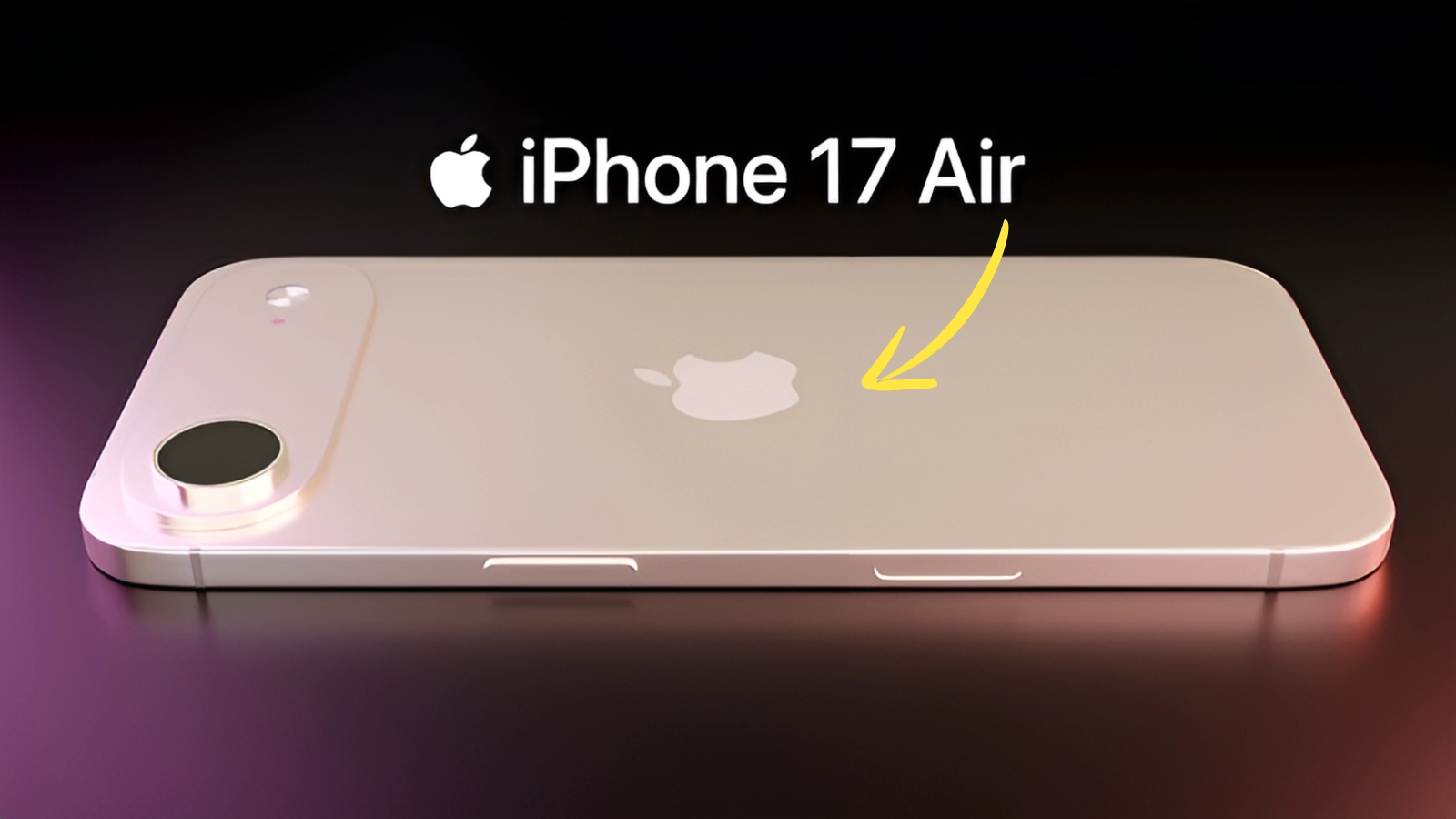iPhone 17 Air : Tech enthusiasts worldwide are abuzz with speculation about Apple’s upcoming iPhone 17 lineup, particularly the rumored “Air” variant that could mark a significant departure from recent design trends. Industry insiders suggest this new model might prioritize portability and elegance over raw specifications, creating a device that appeals to users who value sophistication and convenience in their daily carry.
The Evolution Towards Minimalist Excellence
Apple’s journey towards creating thinner, lighter devices has been a cornerstone of their design philosophy since the company’s earliest days. The iPhone 17 Air reportedly takes this commitment to new extremes, with prototype models measuring just 5.8 millimeters thick. This would represent the thinnest iPhone ever created, challenging engineering limits while maintaining the build quality customers expect from premium devices.
Sources familiar with the development process indicate that achieving such dimensions required fundamental rethinking of component arrangements. Traditional battery shapes gave way to new L-shaped cells that utilize previously wasted space. The logic board underwent complete redesign, stacking components vertically rather than spreading them horizontally. Even the speaker assemblies received miniaturization treatment without sacrificing audio quality that users have come to appreciate during video calls and media consumption.

Display Innovation Without Compromise
The rumored 6.5-inch display on the iPhone 17 Air showcases technological advancement beyond mere size specifications. Reports suggest Apple developed an entirely new OLED panel construction that reduces thickness by 30% compared to current generation displays. This achievement comes through innovative substrate materials and refined manufacturing processes that eliminate unnecessary layers while maintaining structural integrity.
Color reproduction and brightness levels supposedly exceed anything currently available in the smartphone market. Peak brightness could reach 2,800 nits, ensuring perfect visibility even under direct sunlight. The display might also introduce variable refresh rate technology that dynamically adjusts from 1Hz to 144Hz based on content, preserving battery life during static viewing while delivering buttery smooth scrolling when needed.
Performance Architecture Redefined
Housing powerful components within such a slim profile presents enormous thermal challenges. Apple’s solution reportedly involves a revolutionary vapor chamber cooling system that spreads heat across the entire device surface, preventing hot spots that plague other thin smartphones. This enables the A19 Bionic chip to maintain peak performance levels without throttling, even during demanding tasks like 4K video editing or graphics-intensive gaming sessions.
The neural engine receives substantial upgrades, with sources claiming 20 times faster machine learning processing compared to the iPhone 15 series. This computational power enables features like real-time voice translation during phone calls, advanced computational photography that seems almost magical, and predictive features that anticipate user needs before they’re expressed. Privacy remains paramount, with all AI processing happening on-device rather than relying on cloud services.
Camera Technology That Defies Expectations
Conventional wisdom suggests thinner phones mean compromised cameras, but Apple appears determined to shatter this assumption. The iPhone 17 Air allegedly incorporates a periscope lens system that runs parallel to the device body, enabling 8x optical zoom without any camera bump. The main sensor, despite space constraints, could be larger than current Pro models through clever engineering that maximizes every available millimeter.
Low-light photography receives particular attention, with new sensor technology capturing usable images in near-darkness. The combination of larger pixels, advanced image stabilization, and computational processing produces results that rival dedicated cameras. Video capabilities expand to include 8K recording at 60fps with real-time color grading, appealing to content creators who demand professional features in a pocketable form factor.
Battery Life Through Efficiency
Perhaps the most skepticism surrounds battery life in such a thin device. Apple’s approach focuses on efficiency rather than capacity, with the A19 chip consuming 40% less power than its predecessor while delivering superior performance. Display technology contributes through pixel-level power management that dims unused screen areas imperceptibly. Background app intelligence learns usage patterns, preemptively closing unnecessary processes to preserve energy.
Charging technology advances significantly, with rumors of 60W wired charging that replenishes the battery in under 20 minutes. Wireless charging efficiency improves through better coil alignment and reduced heat generation. Some prototypes even test kinetic charging that harvests energy from movement, though this feature seems unlikely for initial release given current technology limitations.
iPhone 17 Air Market Positioning and Consumer Appeal
The iPhone 17 Air targets a specific demographic that values portability and design over maximum specifications. Business travelers tired of bulky devices weighing down their pockets would appreciate the featherweight construction. Fashion-conscious users seeking a phone that complements rather than disrupts their style would find the sleek profile appealing. Even casual users who simply want a phone that disappears when not needed could gravitate towards this option.
Pricing remains speculative, but positioning between standard and Pro models seems logical. This would create a three-tier lineup catering to different priorities – standard models for value seekers, Air for design enthusiasts, and Pro for specification hunters. Such diversification acknowledges that smartphone users have evolved beyond one-size-fits-all solutions, demanding options that match their individual lifestyles and preferences.